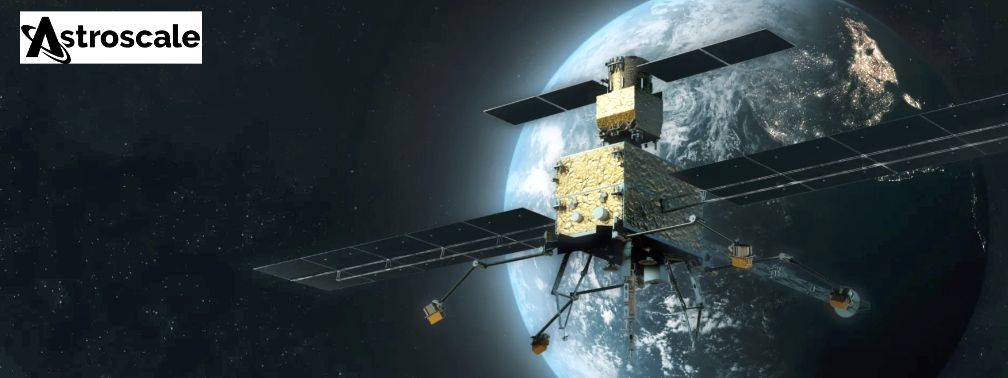
Southwest Research Institute (SwRI) will build, integrate and test a small demonstration spacecraft as part of a $25.5 million Space Mobility and Logistics (SML) prototyping project funded by the U.S. Space Force and led by prime contractor Astroscale U.S.
The spacecraft, called the Astroscale Prototype Servicer for Refueling (APS-R), will refuel other compatible vehicles while in geostationary orbit.
“Running low on fuel is a common issue for spacecraft in Earth orbit,” said SwRI Staff Engineer Steve Thompson, the SwRI project systems engineer. “When they have expended all of their fuel, their mission ends — even though the vehicle may be in otherwise excellent health. A refueling vehicle can extend those missions, and we can get additional lifetime out of spacecraft that are already in orbit.”
The APS-R will operate in GEO around the Earth, meaning it will follow a circular orbit in sync with the Earth’s rotational period of 24 hours. The spacecraft will carry hydrazine propellant from a depot, also in geostationary orbit, to the spacecraft in need of fuel. The APS-R can service any spacecraft fitted with a compatible refueling port.

“Recently, other approaches to life extension have emerged, such as a vehicle that can use its thrusters to push another spacecraft where it needs to go after it runs out of fuel,” Thompson said. “A refueling vehicle broadens life extension options with a flexible alternative.”

Over the next 16 months, SwRI will construct the host vehicle for the APS-R in the Institute’s new, 74,000-square-foot Space System Spacecraft and Payload Processing Facility, which was created to rapidly respond to customers needing to design, assemble and test spacecraft, particularly small satellites.
“The maximum dimensions are 24-by-28-by-45 inches when stowed for launch, and the total vehicle launch mass is 437 pounds, including propellant,” Thompson said.
When the host spacecraft bus is complete, SwRI will integrate the Astroscale-supplied payload and perform system-level environmental testing to prepare the vehicle for launch. SwRI will deliver the launch-ready APS-R by 2026.
